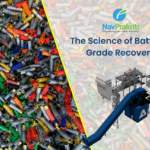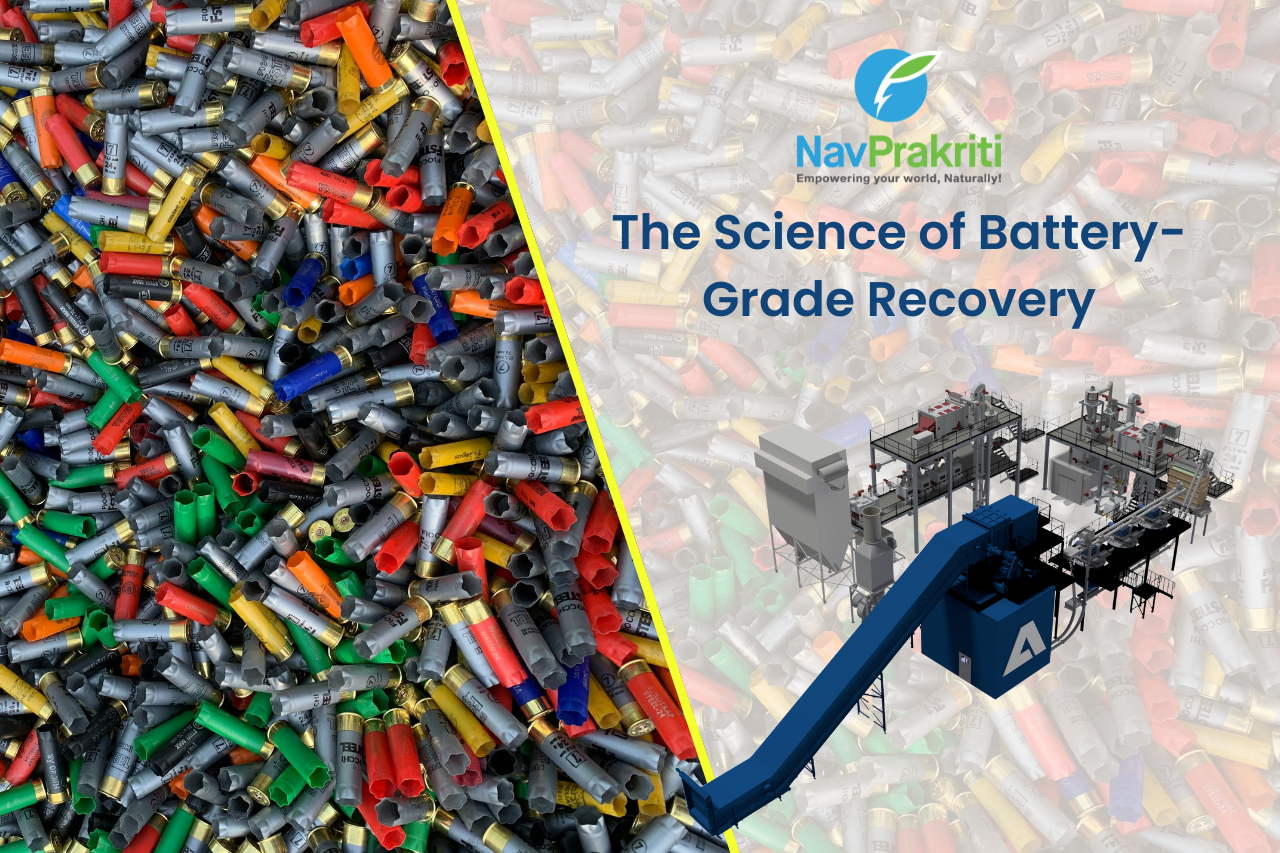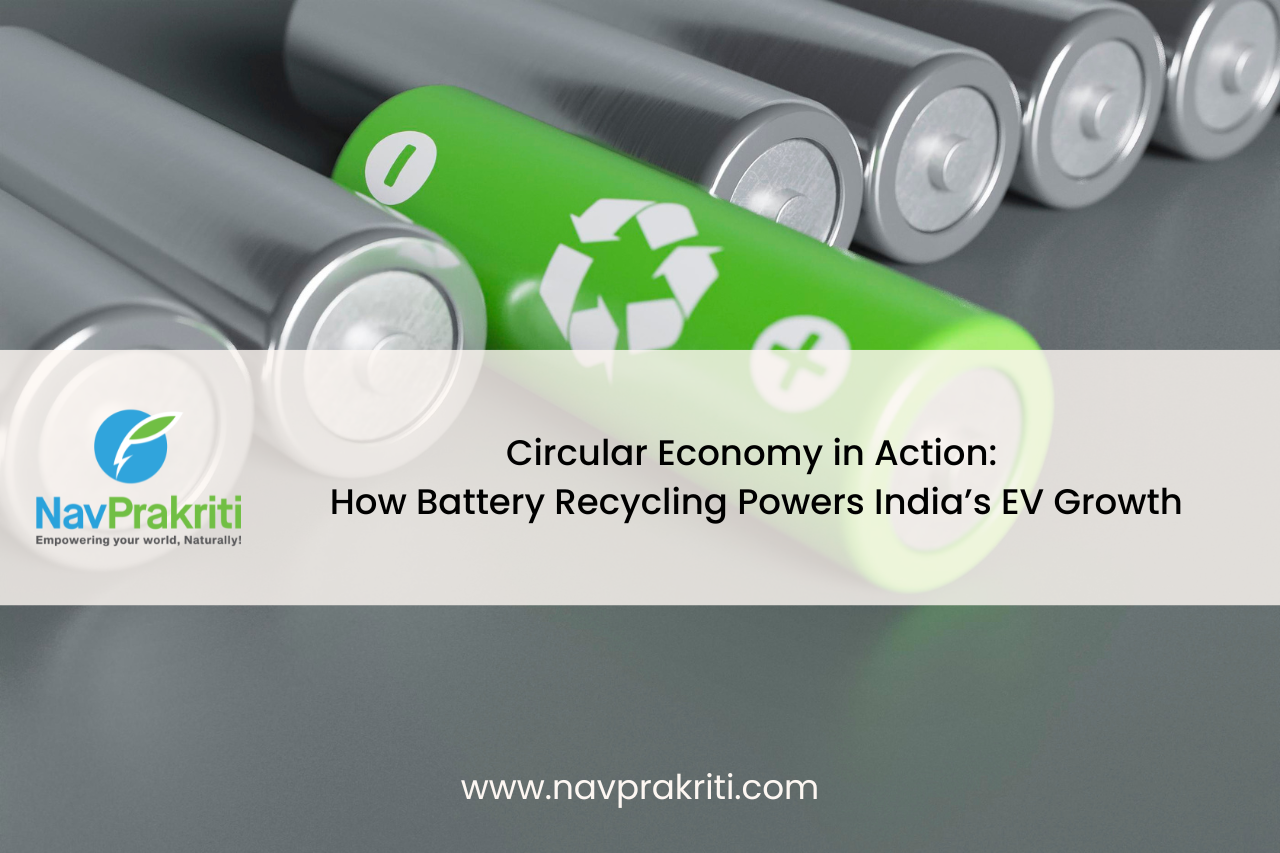Green Metals: Revolutionizing Sustainability in Industry and Beyond
 >
>
As we navigate through 2025, the imperative for sustainability has become more pronounced than ever, driving transformative changes across various industries. For businesses, integrating sustainable practices is not merely an ethical choice but a strategic necessity to remain competitive in an evolving marketplace. One critical area of focus is the selection and utilization of materials, particularly metals. Traditional metal extraction has long been associated with environmental degradation, but advancements in “green metals” are revolutionizing industries by minimizing carbon footprints and promoting economic growth.
Understanding Green Metals
Green metals refer to sustainably produced or recycled metals that have a significantly lower environmental impact compared to conventionally mined metals. These include green steel (produced using hydrogen instead of coal), recycled aluminum, sustainably sourced nickel, and graphite used in eco-friendly battery technologies. Unlike traditional methods that rely on energy-intensive extraction, green metals emphasize metal recovery and sustainable waste management, making them pivotal to achieving sustainability goals across industries.
The Imperative for Green Metals
The surging demand for metals, driven by the expansion of renewable energy, electric vehicles (EVs), and consumer electronics, presents significant environmental challenges. Traditional mining and processing contribute to habitat destruction, water pollution, and high carbon emissions. Metals like nickel and Lithium, essential for batteries and electronics, require sustainable sourcing to meet increasing global demand. These metals address these issues by reducing the environmental impact of metal extraction and supporting robust sustainability management practices.
Advantages of Green Metals
- Environmental Benefits: These metals significantly reduce carbon emissions during production, aiding industries in lowering their environmental footprint.
- Economic Advantages: Companies utilizing green metals align with global sustainability initiatives, enhancing their market reputation and gaining a competitive edge.
- Supporting the Circular Economy: These metals contribute to a closed-loop system by enabling efficient metal recovery and e-waste recycling processes, reducing reliance on virgin resources.
Applications Across Industries
- Renewable Energy: Green aluminum and copper are utilized in solar panels and wind turbines, enhancing efficiency while minimizing environmental impact.
- Electric Vehicles (EVs): Sustainable Lithium and Nickel play crucial roles in battery production, reducing reliance on non-renewable resources.
- Construction and Infrastructure: Green steel and recycled aluminum are revolutionizing sustainable architecture and infrastructure projects.
- Electronics Industry: Recycled metals from e-waste are increasingly used in smartphones, laptops, and other electronic devices, reducing mining dependencies.
NavPrakriti: Pioneering Green Metals in India
At NavPrakriti, we are at the forefront of sustainable waste management, specializing in e-waste recycling and metal recovery. Our innovative processes enable the extraction of valuable metals from discarded electronics, significantly reducing reliance on traditional mining. By focusing on battery recycling, we aim to minimize environmental impact and foster a sustainable future.
Challenges and Opportunities
Despite the progress, the adoption of green metals faces challenges:
- Technological Barriers: Developing efficient and cost-effective recycling technologies remains a significant hurdle.
- Economic Factors: High initial investment costs can deter companies from transitioning to green metal production.
- Regulatory Support: Strong policies and incentives are essential to encourage the adoption of green metals.
However, these challenges present opportunities for innovation and collaboration. By investing in research and development, forming strategic partnerships, and advocating for supportive policies, we can accelerate the transition to green metals.
The shift towards green metals is vital for achieving global sustainability goals. As industries seek eco-friendly solutions, green steel, nickel, and graphite are leading the way in sustainable practices. With advancements in metal recovery and e-waste recycling technologies, businesses can minimize their environmental impact while maintaining profitability. At NavPrakriti, we are committed to setting new benchmarks in sustainability management, ensuring that the future of industrial development aligns with responsible resource utilization. By embracing green metals, businesses and consumers alike can contribute to a cleaner, greener future, fostering innovation while preserving the planet for generations to come.

.png)



















Leave a Reply